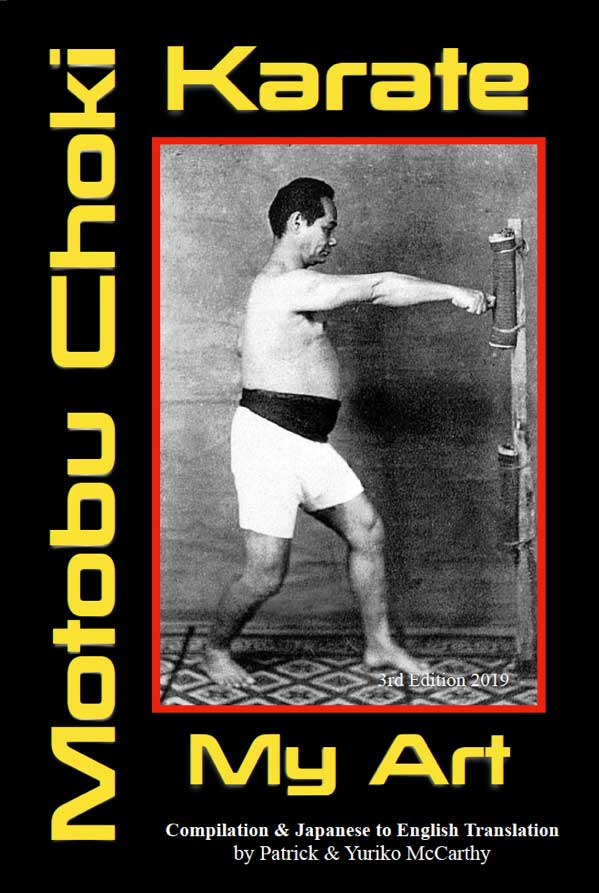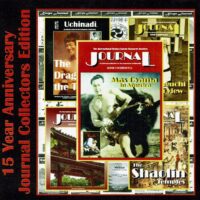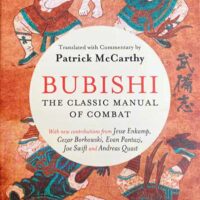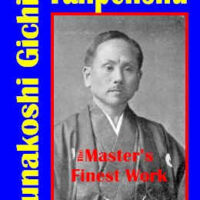Description
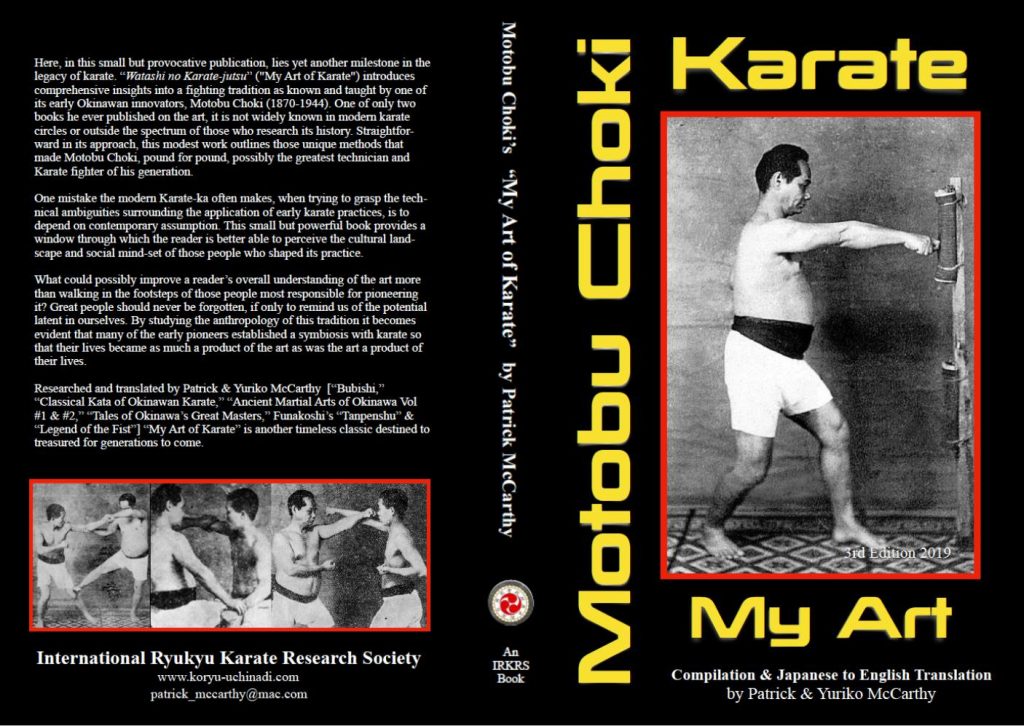 Motobu Choki ~ My Art of Karate
Motobu Choki ~ My Art of Karate
We are pleased to announce that the Motobu Choki project [i.e. compilation and translation publication], “My Art of Karate,” is finally completed thanks only to the assistance and co-operation of many kind people.
Here, in this small but provocative publication, lies yet another milestone in the legacy of Karate; This work brings together, The Revival of Motobu Choki by the late Kinjo Hiroshi, Recollections “The Shabana/Nakama Interview,” Marukawa Kenji, “Talking about my Teacher,” Personal Sayings of Motobu Choki, Miyahira Katsuya’s Personal Recollections of Motobu, The 1925 King Magazine Article, Nagamine Shoshin description of a great Bujin, Kyan Chotoku’s “Karate Training,” an unprecedented collection of rare Motobu photos, the best of the master’s 1926 work, “Okinawa Kenpo Karate ~ On Fighting,” (Okinawa Kenpo Karate-jutsu Kumite-hen ~ 沖縄拳法 唐手術 組手編), and his entire 1932 publication, “My Art of Karate” (“Watashi no Karate-jutsu” ~ 私の唐手術). There’s nothing else on the market like this publication.
One mistake the modern karate-ka often makes, when trying to grasp the technical ambiguities surrounding the application of early karate practices, is to depend on contemporary assumptions. This small but powerful book provides a window through which the reader is better able to perceive the cultural landscape and mind-set of one stalwart who help shape its practice. Straightforward in his approach, this modest work outlines the unique method that made Motobu Choki, pound for pound, possibly the greatest technician and karate fighter of his generation.
What could possibly improve a reader’s overall understanding of the art more than walking in the footsteps of those people most responsible for pioneering it? Great people should never be forgotten, if only to remind us of the potential latent in ourselves. By studying the anthropology of this tradition it becomes evident that many of the early pioneers established a symbiosis with karate so that their lives became as much a product of the art as was the art a product of their lives.
Compiled and translated by Patrick & Yuriko McCarthy, this ground-breaking work is simply, “A MUST HAVE BOOK!”

